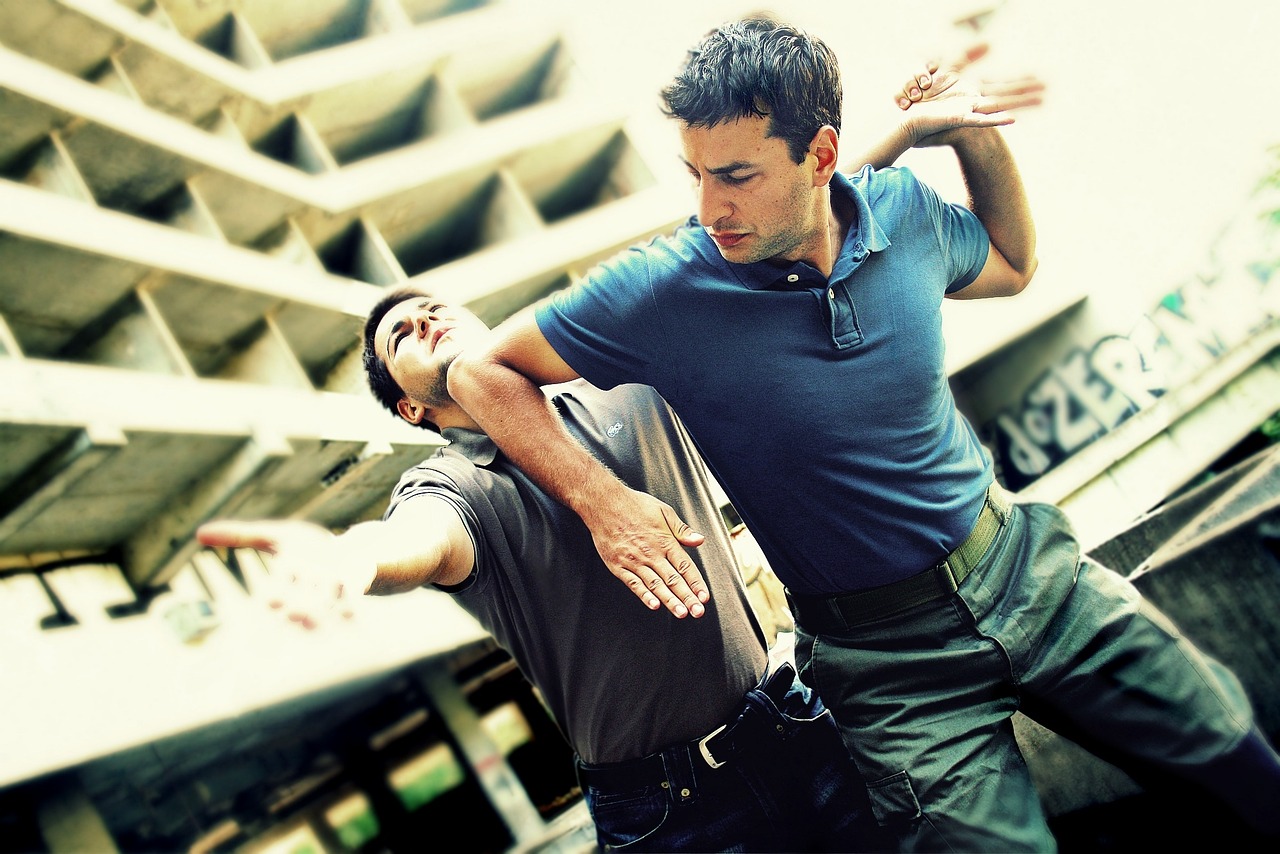
Learning martial arts is more than just mastering fancy kicks or blocks—it’s a journey that improves your physical fitness, mental strength, and self-discipline. Whether you’re interested in Brazilian Jiu-Jitsu, Taekwondo, or Mixed Martial Arts, this guide will provide you with everything you need to start your martial arts journey, even if you’re practicing from the comfort of your home.
Why Learn Martial Arts?
Martial arts offer more than just physical fitness; they teach valuable life skills such as self-defense, focus, discipline, and resilience. Whether you’re looking to stay in shape, learn self-defense, or simply enjoy a new hobby, martial arts can cater to various goals and interests.
Choosing Your Martial Arts Style
Choosing the right martial arts style depends on your personal goals and physical capabilities. Here’s a brief overview of some popular martial arts styles:
Karate: Focuses on strikes, punches, and kicks.
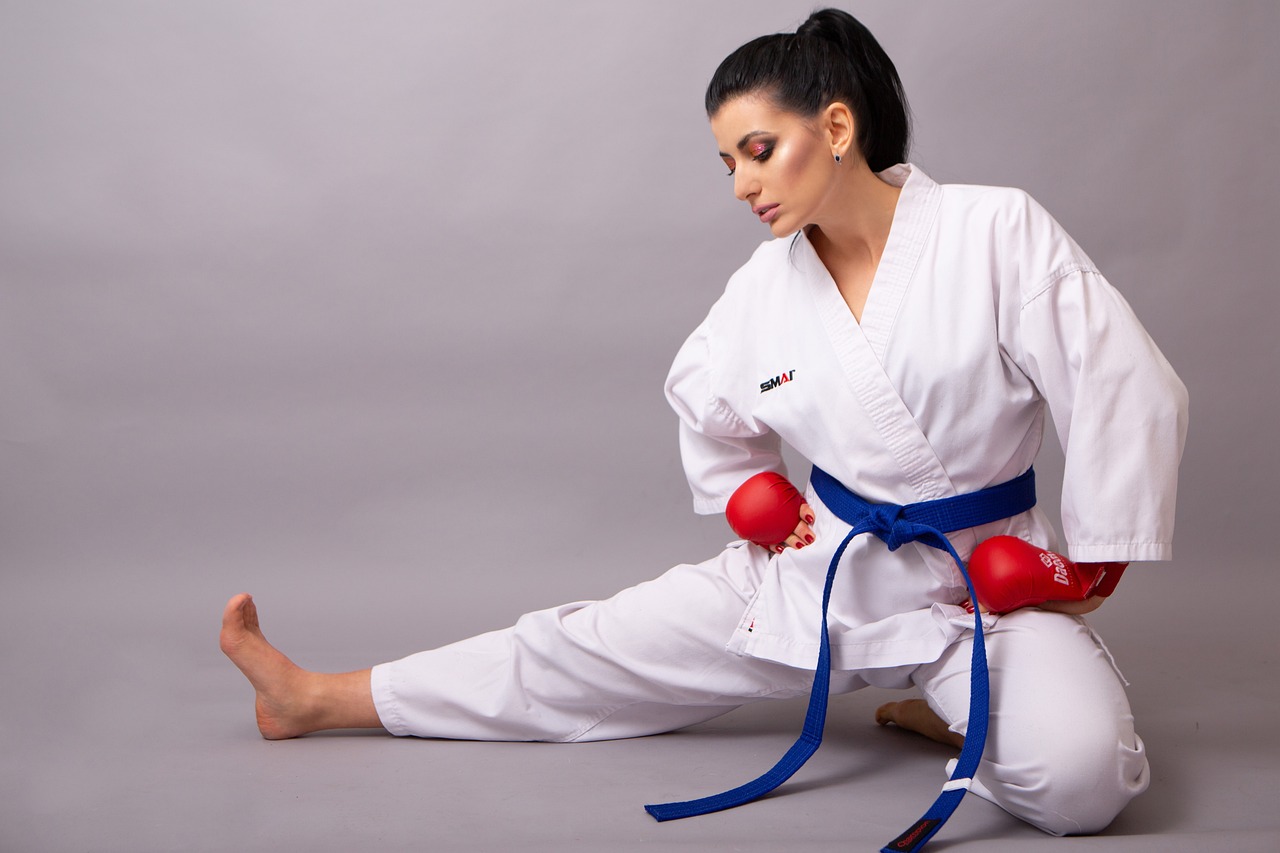
Ideal for beginners who want a strong foundation in self-defense.
Brazilian Jiu-Jitsu (BJJ): Emphasizes ground fighting and submissions, perfect for those who enjoy grappling and technique over brute force. I personally think if you go to the ground you've done something wrong..
Taekwondo: Known for its high, fast kicks and dynamic movements. Great for improving flexibility and balance. Great for self-defense, and works best for most students.
Muay Thai: A striking art that uses punches, kicks, elbows, and knees. Ideal for those looking for intense cardio and full-body conditioning.
Kung Fu: Offers a diverse range of styles, combining powerful strikes with fluid movements. Perfect for those interested in traditional martial arts with a spiritual component.
How to Learn Martial Arts on Your Own
Learning martial arts by yourself is challenging but possible with the right approach. That being said I would not recommend this because you need a strong Foundation that starts with proper instruction.
Here are steps to get you started:
1. Set Clear Goals
Define what you want to achieve—self-defense skills, fitness improvement, or mastering a specific art form. Setting goals will keep you motivated and help you measure your progress.
2. Choose Online Resources and Classes
There’s a wealth of online resources, including YouTube videos, subscription-based platforms, and apps like the Reddit app, where you can find trending articles and community advice. Look for reputable instructors who provide clear demonstrations and explanations.
3. Create a Training Space at Home
Designate a safe space in your home for practice. Ensure you have enough room to move freely, and consider investing in basic equipment like a punching bag, mats, or gloves.
4. Start with the Basics
Beginners should focus on foundational techniques like basic punches, kicks, and blocks.
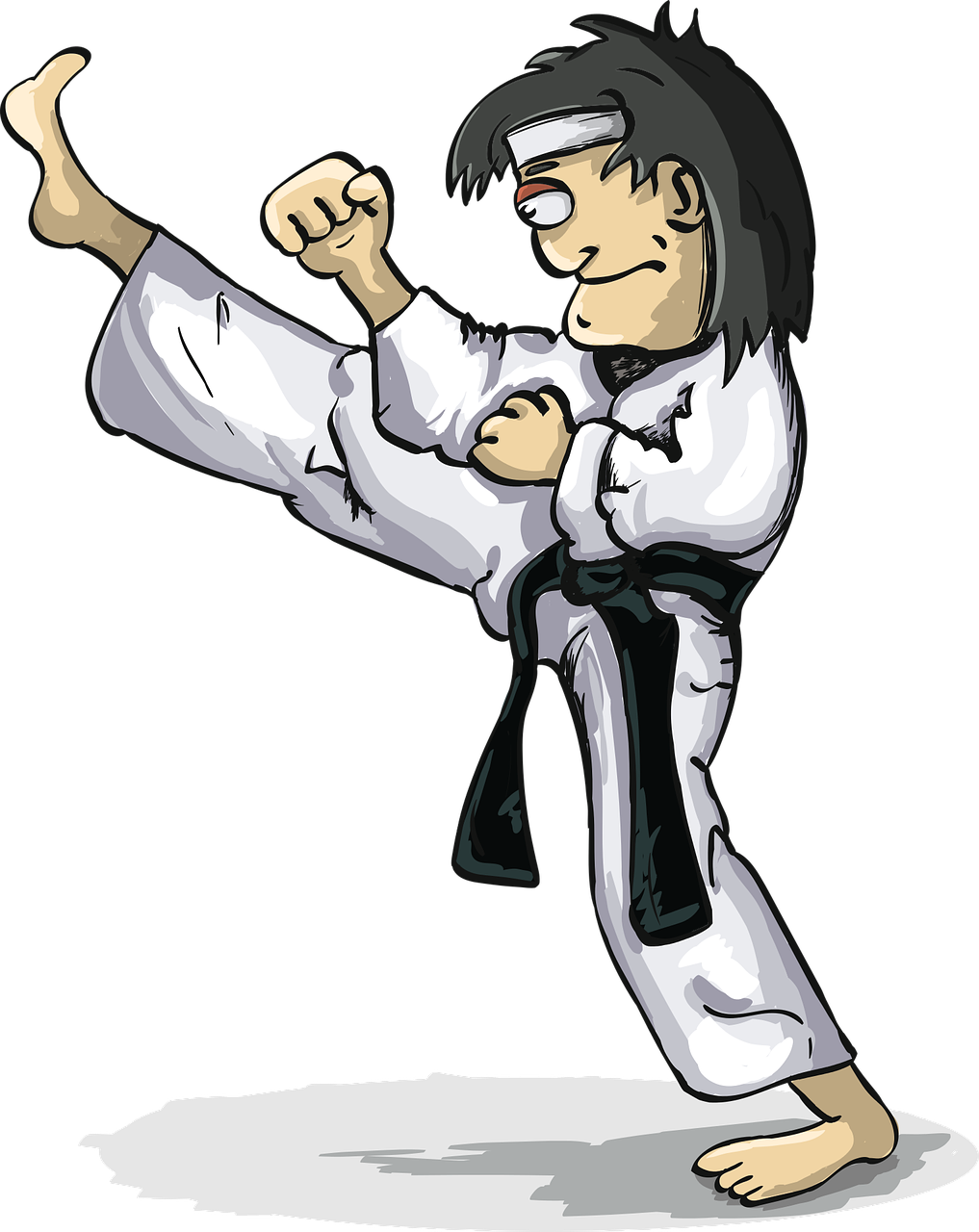
Practice shadow boxing to perfect your form and increase your speed.
5. Consistency is Key
Aim to train a few times a week. Regular practice is essential to building muscle memory and improving your skills. Start slow, and gradually increase the intensity and duration of your sessions.
Can You Learn to Fight on Your Own?
Yes, you can develop basic fighting skills on your own, but it’s important to understand the limitations. Solo practice helps improve form, strength, and conditioning, but sparring with a partner or attending classes is crucial for learning to apply techniques in real scenarios.
6. Train Your Body for Martial Arts
Martial arts training isn’t just about learning techniques—it’s about conditioning your body to move efficiently and powerfully. Here are some key components:
Flexibility: Stretch regularly to improve your range of motion, which is crucial for executing high kicks and fast movements.
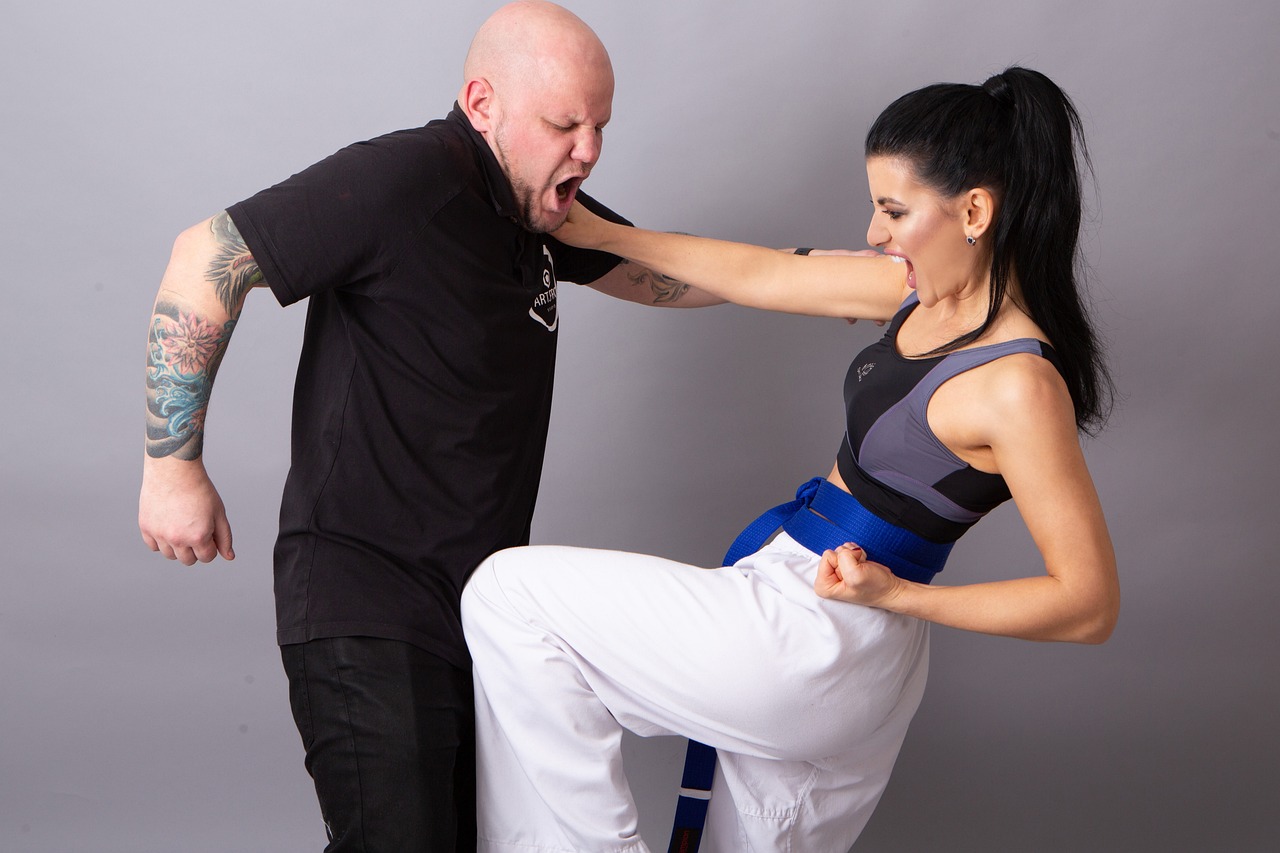
Strength Training: Incorporate exercises like squats, push-ups, and core workouts to build muscle strength.
Cardio: Running, jump rope, or high-intensity interval training (HIIT) can boost your endurance, allowing you to train longer and harder.
7. Change Your Diet
Proper nutrition plays a significant role in martial arts training. Focus on eating a balanced diet with a variety of foods, including lean proteins, vegetables, and whole grains. Meals a day should be tailored to fuel your training and support recovery.
Joining Martial Arts Classes
If you’re serious about mastering martial arts, joining a class can provide professional guidance, sparring opportunities, and a community of like-minded individuals. When choosing a school or instructor, consider these factors:
Reputation: Look for reputable martial arts studios with certified instructors who have a proven track record.

Class Variety: Ensure the school offers classes that match your skill level and goals, from beginner to advanced.
Trial Sessions: Many schools offer free trial classes. Use this opportunity to gauge the training environment, teaching style, and compatibility with your goals.
Common Questions About Learning Martial Arts
How Can I Learn Martial Arts by Myself?
Start by researching online tutorials and instructional videos that teach the basics of your chosen martial art. Set up a practice space at home and focus on consistency, conditioning, and gradually building your skill set.
How to Start Martial Arts as a Beginner?
Begin by selecting a martial art that aligns with your interests and fitness level. Start with basic techniques, practice regularly, and consider joining a beginner class for personalized feedback and sparring experience.
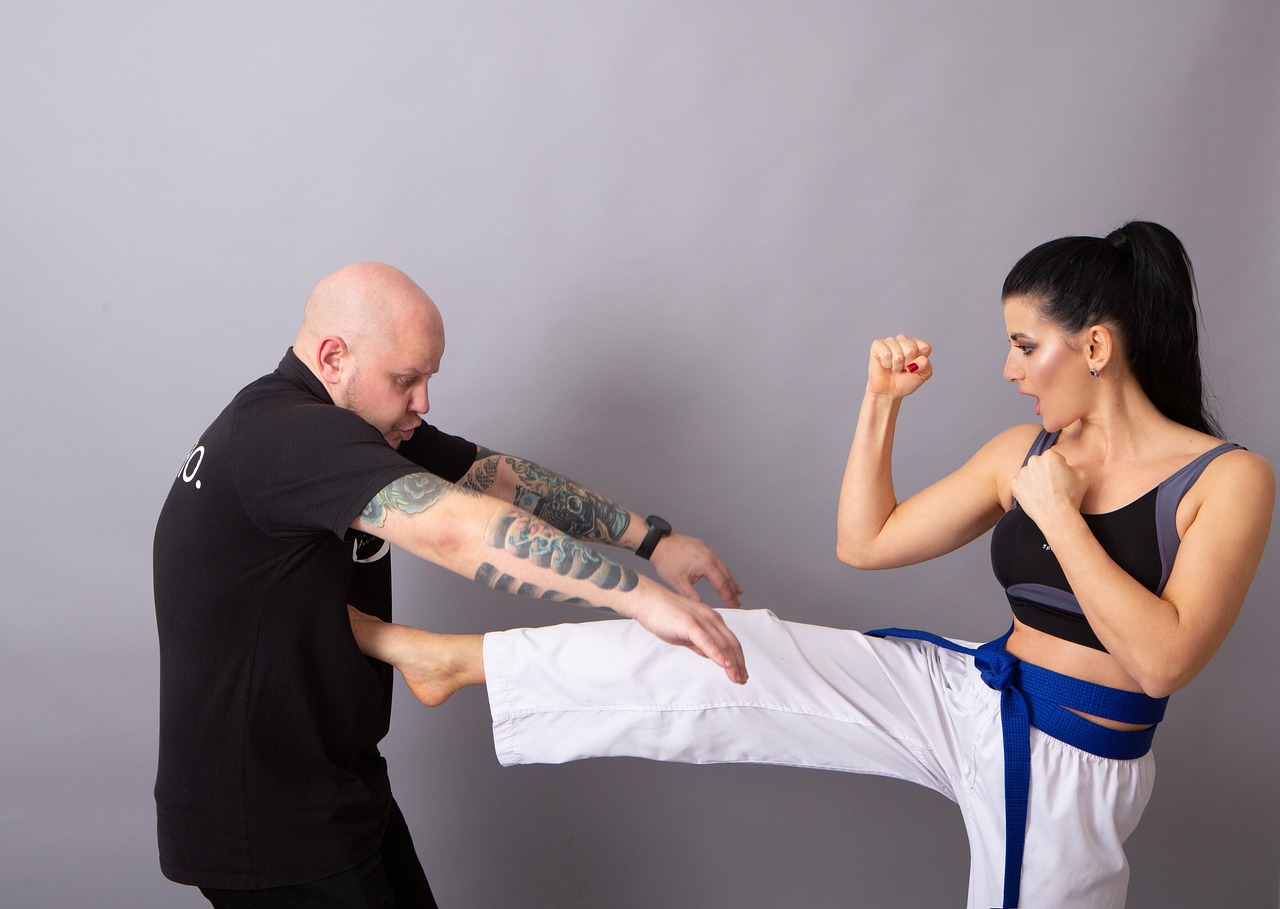
Can You Study Martial Arts on Your Own?
Yes, you can study martial arts on your own using online resources, books, and videos. However, supplementing solo practice with in-person training is recommended for proper technique development and sparring practice.
Can I Learn to Fight on My Own?
While you can learn the basics of fighting, such as form and movement, it’s best to combine solo training with partner drills or classes to gain real-world fighting experience.
Staying Safe and Avoiding Injuries
Learning martial arts involves physical exertion, so safety should be a priority. Here are some tips to avoid injuries:
Warm-Up Properly: Always start with a light warm-up to get your muscles ready for training.
Use Proper Equipment: Invest in protective gear, especially if practicing contact techniques or sparring.
Listen to Your Body: Avoid overtraining, and give yourself rest days to prevent burnout and injuries.
The Benefits of Martial Arts Beyond Physical Fitness
Martial arts aren’t just about fighting skills—they’re about personal growth. Here’s what you can gain from consistent practice:
Improved Focus and Discipline: Martial arts teach you to concentrate, follow instructions, and maintain self-control.
Stress Relief: Physical activity releases endorphins, which can help reduce stress and improve mental health.
Community and Support: Martial arts schools often foster a sense of community, where you can connect with others who share your interests.
Conclusion: Start Your Martial Arts Journey Today
Learning martial arts is a rewarding journey that offers lifelong benefits. Whether you start at home or join a local class, consistency, dedication, and a willingness to learn will set you on the path to mastery.
Use this guide as your starting point, and remember: every great martial artist was once a beginner, just like you. So lace up, step onto the mat, and start your martial arts journey today! Legacy Tae Kwon-Do will teach you How to learn martial arts, Give them a Call at 586-764-8817.
 Add Row
Add Row  Add
Add 




Write A Comment